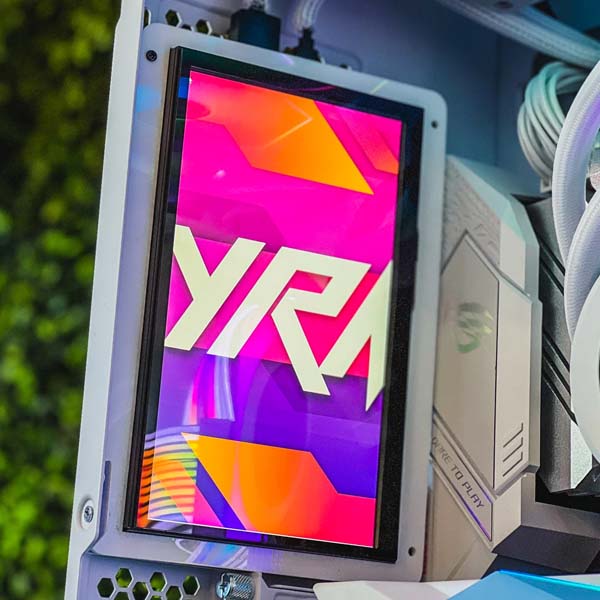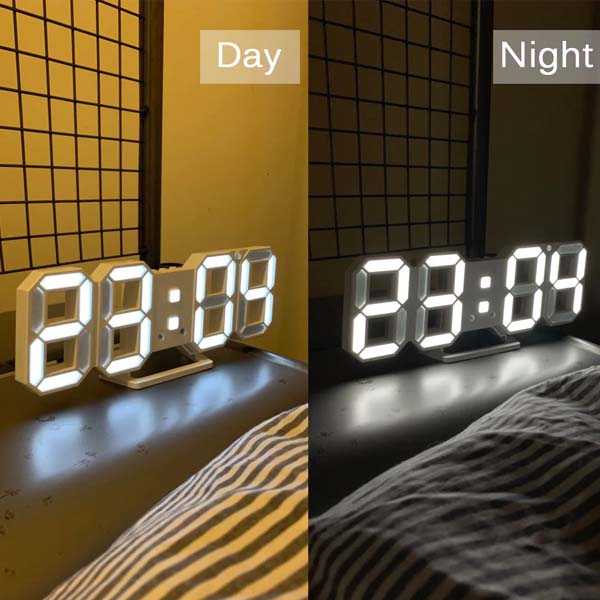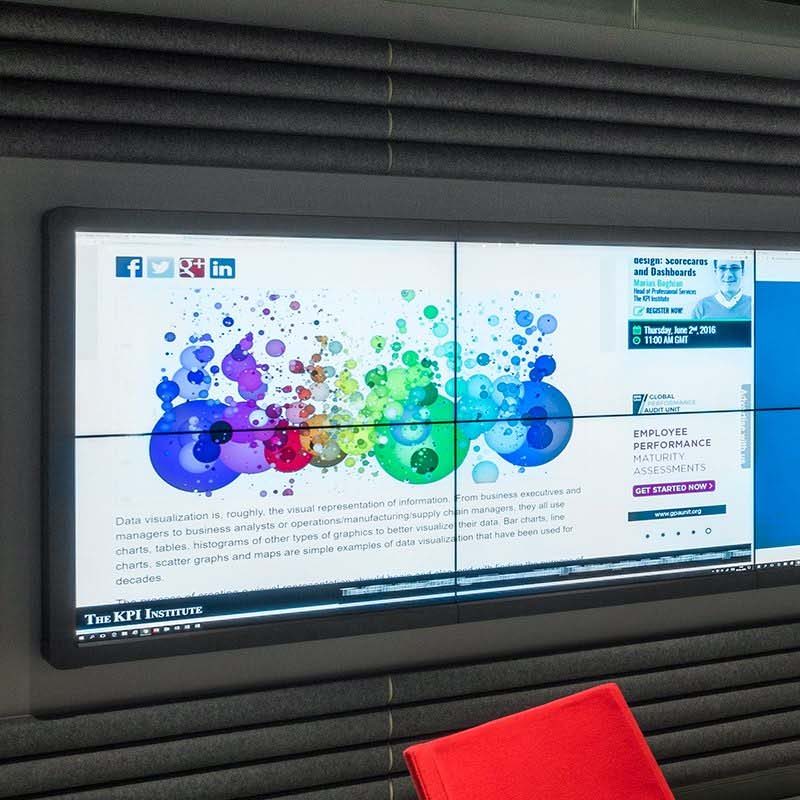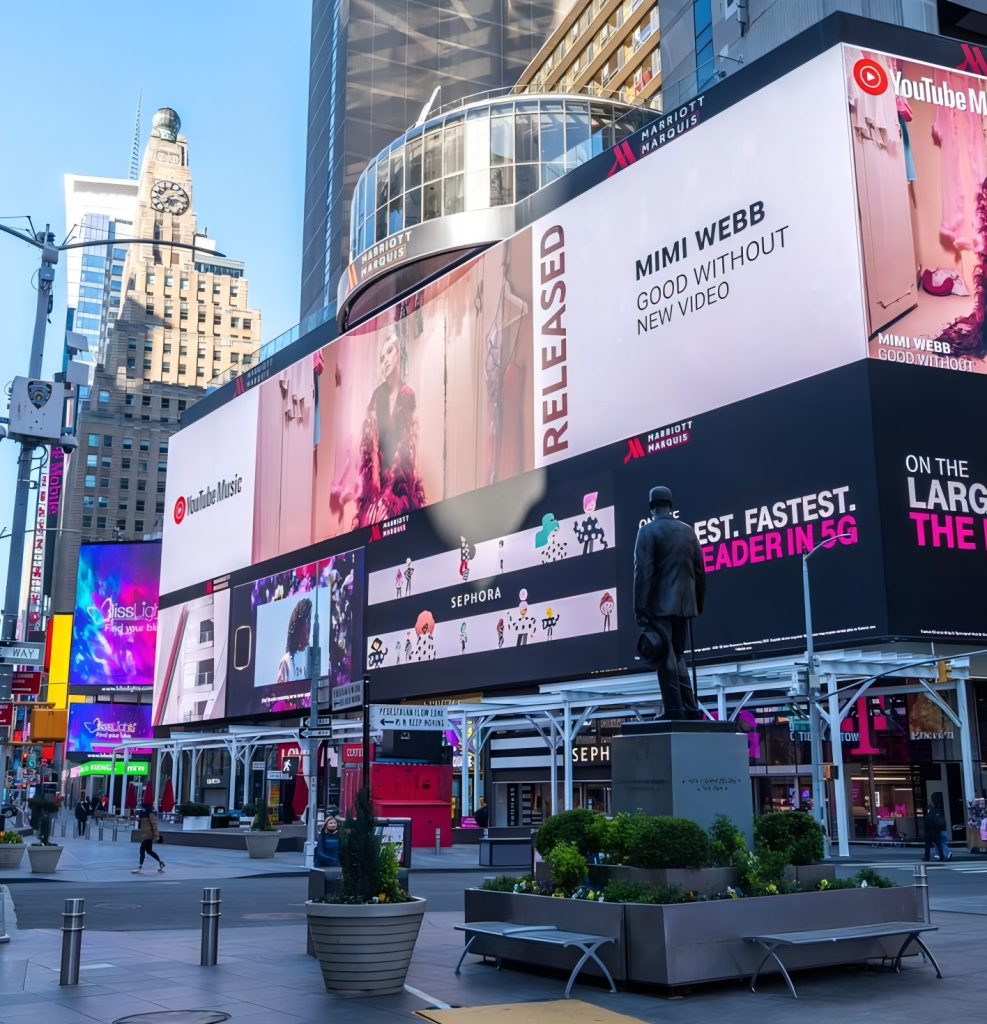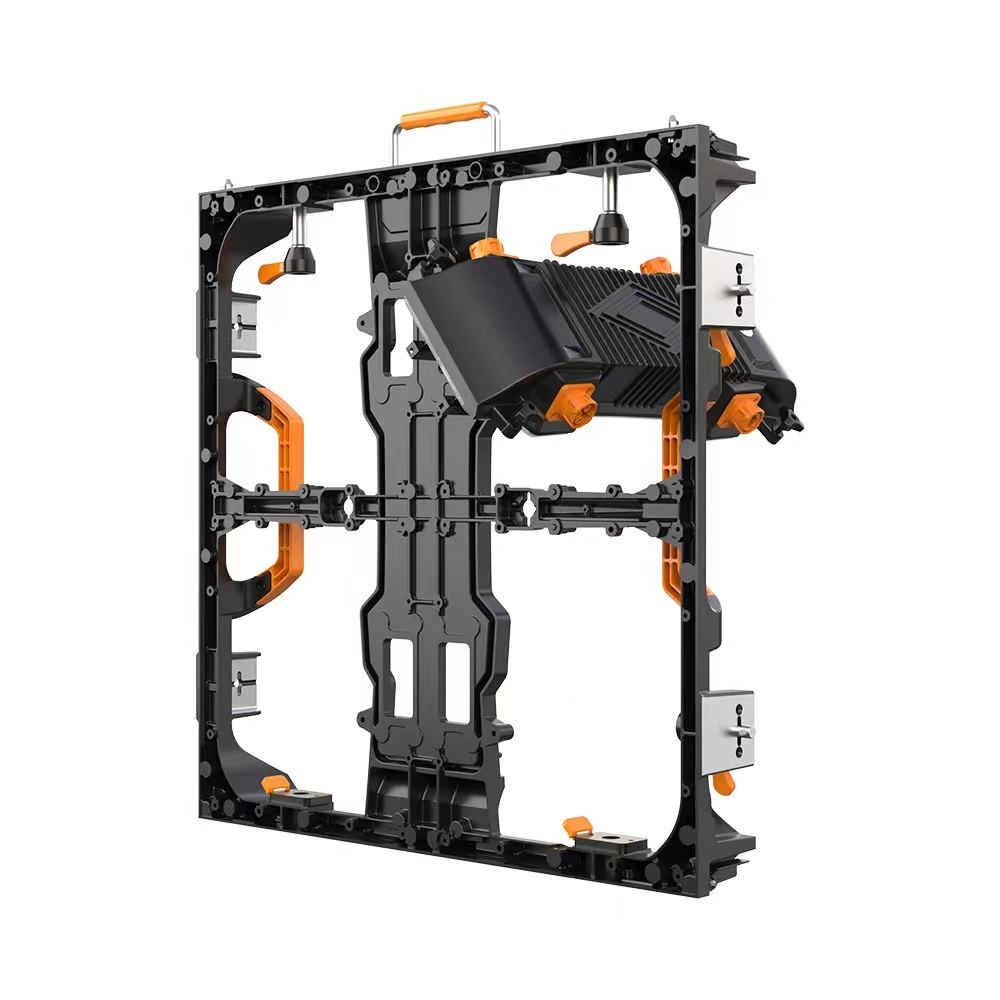Introduction
In the modern era of design, architecture is no longer just about physical structures—it’s about storytelling, experience, and adaptability. One technology leading this transformation is the Transparent LED Display. Once seen as a futuristic novelty, transparent LED screens are now gaining traction across industries, enabling buildings to become both visually expressive and functionally intelligent.
Whether it’s a flagship retail store, a city museum, or a glass-façade office tower, transparent LED displays are changing how we think about visual communication in built environments. This article explores their advantages, applications, challenges, and how KSSDISPLAY is pioneering architectural integration worldwide.
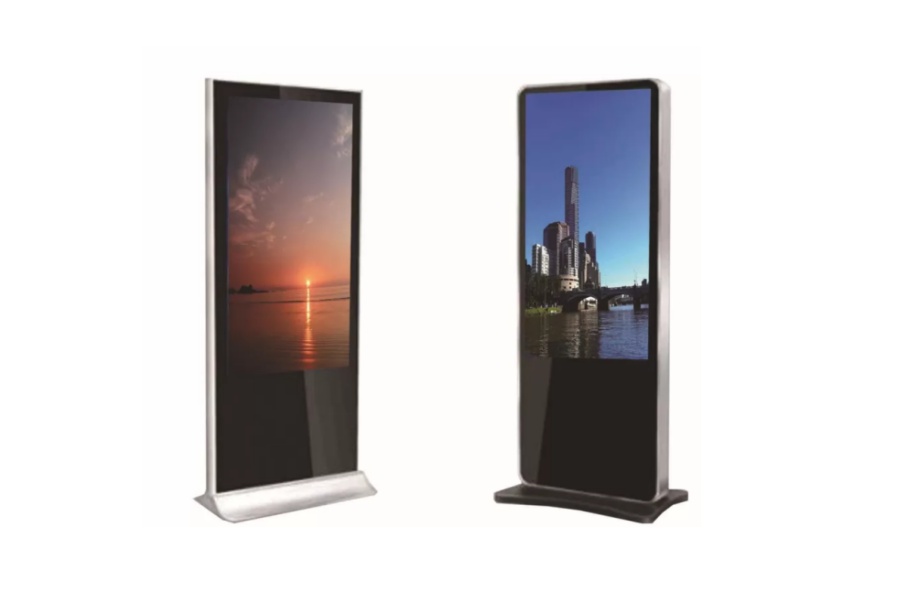
What Are Transparent LED Displays?
Transparent LED displays use strip-type LED modules arranged on a clear substrate, allowing light and visuals to pass through simultaneously. These displays maintain transparency rates from 40% to 90%, depending on pixel pitch and design, and are ideal for installations on glass curtain walls, storefronts, and interior partitions.
Core Features:
Lightweight aluminum or acrylic support structures
High brightness (≥3000 nits for outdoor use)
Pixel pitch typically P3.9–P10
Customizable sizes and shapes
Low power consumption and heat emission
Why Transparency Matters in Architectural Design
1. Preserving Natural Light and View
Unlike traditional LED screens that block the view, transparent displays allow daylight and outdoor scenes to pass through, maintaining the openness and aesthetics of glass structures.
2. Maximizing Façade Functionality
Façades are no longer passive surfaces. With transparent LED, they become programmable canvases for brand storytelling, civic announcements, or art projections—without compromising architectural design.
3. Innovative Spatial Experience
Content appears to float on glass, creating futuristic and immersive experiences for pedestrians, shoppers, or visitors inside and outside the building.
4. Energy-Efficient Digital Signage
These displays operate at 30–50% lower power than traditional LED walls, using sunlight for background brightness and delivering sustainable media infrastructure.
Applications in Architecture and Design
Retail Flagships and Shopping Malls
Animated promotions on storefront windows
Transparent LED showcases for luxury goods
Creative storytelling in atriums or escalator spaces
Corporate Headquarters
Glass lobby walls with branded welcome animations
Smart meeting room partitions with switchable display zones
Museums and Cultural Institutions
Digital exhibit guides on protective display cases
Interactive storytelling on glass exhibition panels
Hospitality and Real Estate
LED balconies and façades for event promotions
Real estate showrooms showcasing 3D transparent floor plans
Transportation and Smart Cities
Glass-walled stations or metro entrances with LED info displays
Media-enhanced bus stops or transparent map displays

Case Study: KSSDISPLAY – Transparent LED at Seoul Design Plaza
KSSDISPLAY installed over 100m² of transparent P6 LED mesh panels along the curtain wall of the Seoul Design Plaza. The system was designed for:
65% transparency with seamless panel integration
Auto-brightness sensors for day/night mode
Centralized control with KSSCMS Smart Edition
Edge routing to hide wiring from interior view
Outcomes:
Boosted plaza engagement with daily public art displays
Zero obstruction to interior sunlight or visibility
Remote schedule control from city communication center
Key Technical Parameters for Architectural Use
| Specification | Recommended Value |
| Pixel Pitch | P3.91, P6.25, P10 |
| Transparency Rate | 40–90% depending on pitch |
| Brightness | ≥3000 nits (outdoor), ~1500 nits (indoor) |
| Panel Material | Acrylic, glass, or aluminum mesh |
| Viewing Angle | ≥160° wide-angle |
| Operating Temp | -20°C to 60°C |
| Installation Type | Hanging, window-glued, bracket-mounted |
Why KSSDISPLAY for Transparent LED Projects?
KSSDISPLAY is a global leader in customized transparent LED solutions for architectural integration. Our offering includes:
Modular Transparent LED Panels: With flexible sizing and curvature options
Ultra-Light Design: Panels weighing as little as 8kg/m²
Intelligent Control Systems: Compatible with media players, smart city APIs, or event triggers
Weatherproof Outdoor Options: With IP65-rated transparency displays
End-to-End Services: From site analysis and structural consultation to installation and training
Recent Projects: Dubai Mall atrium walls, Shenzhen Civic Center façade, Istanbul art museum stair tower
Challenges and Considerations
Ambient Lighting Conditions: Visibility under direct sunlight requires high brightness and anti-reflection design
Glass Weight Load: Engineering must account for both LED weight and wind pressure
Maintenance Access: Choose systems with front/rear module access for glass-mounted units
Content Design Strategy: Transparent displays require visual restraint to preserve translucency—less is often more
Future of Transparent LED in Architecture
AI-Adaptive Content: Content that responds to pedestrian flow, time of day, or temperature
Flexible and Rollable Screens: For curved facades or mobile exhibitions
BIPV Integration: Combining transparent LED with photovoltaic glass for energy generation
Augmented Reality Compatibility: For hybrid physical-digital storytelling
Holographic Transparency: Multi-plane transparent displays for 3D visuals
Conclusion
Transparent LED displays have moved from concept to cornerstone in modern architecture. They provide a rare combination of form, function, and futurism—blending seamlessly into spaces while elevating their expressive power.
As demand grows for sustainable, dynamic, and high-impact building design, KSSDISPLAY continues to innovate in transparency technology—bringing vision to life without blocking the view.

